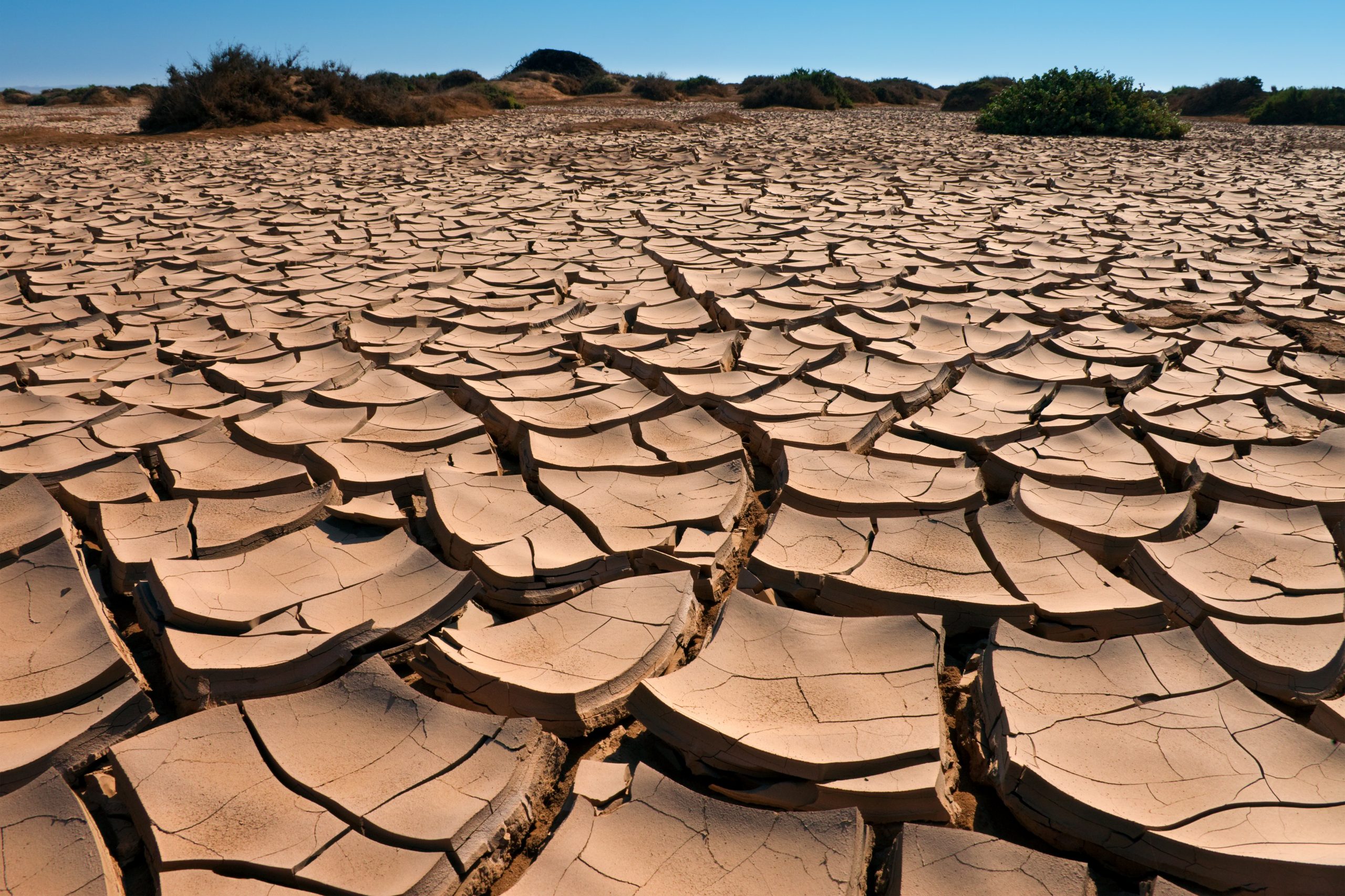UN: Number of People Affected by Drought in Somalia Increased to 6.1 Million this April
الأمم المتحدة: ارتفاع عدد المتضررين من الجفاف في الصومال إلى 6.1 مليون شخص
QNA
New York: The United Nations revealed that the number of people affected by the severe drought in Somalia increased from 4.9 million people last March to 6.1 million people this April, with nearly 760 thousand people displaced from their homes in search of water, food and pasture.
Eri Kaneko, Associate Spokesperson for the United Nations Secretary-General said Somalia is facing the threat of famine in six regions until next June, adding that humanitarian workers confirm that factors such as the expected lack of rains from April to next June, and the continuous rise in food prices increase the risk of starvation in these areas.
“If this seasons rains fail, it would be the first time in 40 years the region has experienced four successive poor rainy seasons. This is one of the most severe La Nina-induced droughts in recent memory in the Horn of Africa, leaving 15 to 16 million people across Somalia, Kenya and Ethiopia facing high levels of acute hunger.
“Our humanitarian colleagues say factors such as the forecasted failure of the April to June rainy season and a continued rise in food prices are increasing the risk of famine in these areas. Hunger is rising, with more than 6 million Somalis now facing severe food shortages from April through mid-2022. Acute malnutrition in children is also on the rise, reaching catastrophic levels in some districts in southern Somalia. Some 1.4 million children face acute malnutrition this year, and 45 out of 74 districts have global acute malnutrition rates of above 15 per cent. The drought has also disrupted school attendance for 1.4 million children in Somalia. Lack of access to timely and adequate health care and insufficient access to clean water, food and nutrition have contributed to a spike in preventable diseases,” Kaneko said.
قنا
نيويورك: كشفت الأمم المتحدة عن ارتفاع عدد المتضررين من الجفاف الشديد المتواصل في الصومال، من 4.9 مليون شخص في شهر مارس الماضي إلى 6.1 مليون شخص في أبريل الجاري، مع ما يقرب من 760 ألف شخص نزحوا من منازلهم بحثا عن الماء والغذاء والمراعي.
وقالت السيدة إيري كانيكو من مكتب المتحدث باسم الأمم المتحدة، في مؤتمر صحفي، إن الصومال يواجه خطر المجاعة في ست مناطق حتى يونيو المقبل.. مضيفة أن العاملين في المجال الإنساني يؤكدون أن عوامل مثل الاحتجاب المتوقع للأمطار من أبريل إلى يونيو المقبل، والارتفاع المستمر في أسعار المواد الغذائية يزيد من خطر المجاعة في هذه المناطق.
وتحذر الأمم المتحدة من أنه إذا احتجبت أمطار هذا الموسم، فستكون هذه هي المرة الأولى منذ 40 عاما التي تشهد فيها المنطقة أربعة مواسم مطيرة سيئة متتالية.
وقالت كانيكو بهذا الصدد: “هذه واحدة من أشد حالات الجفاف الناجمة عن ظاهرة التغير المناخي في الذاكرة الحديثة في القرن الأفريقي، مما جعل 15 إلى 16 مليون شخص في جميع أنحاء الصومال وكينيا وإثيوبيا، يواجهون مستويات عالية من الجوع الحاد”.
وأشارت إلى أن حوالي 1.4 مليون طفل يعانون من سوء تغذية حاد هذا العام، حيث تعاني 45 مقاطعة من أصل 74 مقاطعة صومالية من معدلات سوء تغذية حاد عالمي تجاوزت نسبتها 15 في المائة.
ونوهت المتحدثة الأممية إلى أن الأمم المتحدة تعمل مع الشركاء في المجال الإنساني وبالتعاون مع السلطات المحلية، على إعادة تركيز الاستجابة لإعطاء الأولوية للوقاية من المجاعة في المناطق المعرّضة للخطر.. مشيرة إلى أن العاملين في المجال الإنساني وصلوا إلى ما يقرب من 2.6 مليون شخص في الصومال بمساعدات منقذة للأرواح، بما في ذلك المساعدات النقدية والقسائم الغذائية.
وتلقت خطة الأمم المتحدة للاستجابة الإنسانية لعام 2022 للصومال 66.7 مليون دولار أمريكي، وهو ما يمثل 4.6 في المائة فقط من 1.5 مليار دولار المطلوبة. وقبل أسبوع، خصص الصندوق المركزي لمواجهة الطوارئ 14 مليون دولار للاستجابة، بينما خصص الصندوق الإنساني للصومال 20 مليون دولار.




